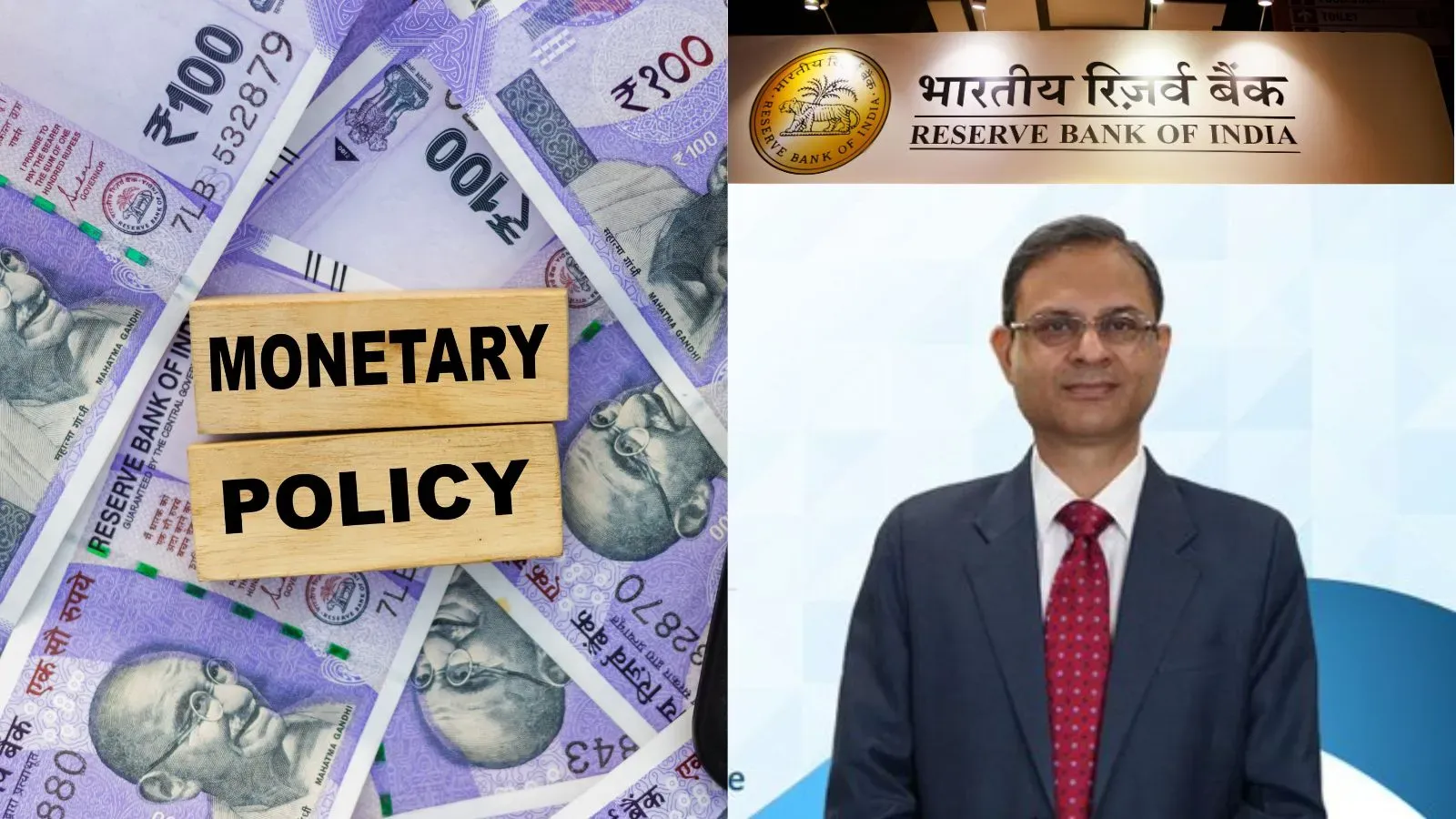Business News
Why foreign exchange reserves matter: A millennial’s guide
.png)
5 min read | Updated on July 26, 2024, 20:36 IST
SUMMARY
Forex reserves play an important role in helping a country procure goods and services vital to its functioning from abroad. Here’s everything you need to know about it.

Why foreign exchange reserves matter: A millennial’s guide
When you travel abroad, the first thing you do is convert a good amount of your rupees into the currency of the foreign country so that you can shop.
Similarly, countries also buy goods and services from other countries – what we call imports. To pay for these, they also need to keep at hand foreign currency, also called foreign exchange reserves.
Over time, international trade has come to be carried out mostly in the form of the US dollar, as it is convenient to accumulate and trade in a single currency rather than storing multiple currencies.
In this article, we will discuss how forex reserves are generated and why they are important for every country.
How forex reserves are generated
Exporters earn foreign currencies when they sell products or services to foreign customers. The foreign currency is deposited in an Indian commercial bank, say SBI. However, the exporter cannot use it to pay their bills in India. They need Indian rupees.
Thus, SBI transfers foreign currency to the Reserve Bank of India and receives rupees in return. That’s one way of accumulating forex reserves. The reverse (i.e., losing forex reserves) happens in the case of imports.
Generally, India imports physical commodities more than it exports, largely due to its dependence on foreign oil. This would have meant that India would lose more forex reserves than it generates.
Thankfully, this is not the case because of the surplus it generates from services exports, such as IT.
Besides the trade account (net of goods and services imports and exports), countries also have what is called the capital account, where investments are made into and from the country.
Thus, when foreign investors invest in India, forex reserves increase, while repaying external debt or an Indian company investing internationally depletes the balance. India generally runs a surplus on the capital account as well.
How much are India’s forex reserves?
India had $666.85 billion in foreign exchange reserves as of July 12, 2024, worth ₹55.7 lakh crore. Higher reserves imply that the Reserve Bank of India (RBI) may use them in times of stress. But are they sufficient? The ideal level is often debated, but there are a few ways to measure adequacy.
Personal finance experts tell us that we should keep a minimum of six months of expenses as liquid funds. A similar logic applies to these reserves. Reserves are used to fund imports. India’s average imports in the last 12 months have been around $72 billion. That means our reserves can cover up to nine months of imports. There was a time during India’s balance of payments crisis during the late '80s and early '90s when our reserves dropped to cover only 15 days of imports.
India’s imports have grown by 6-7% over the last year, and reserves have grown by 9.5%, thus solidifying the position against any adverse shocks. Like import cover, we can also gauge reserves relative to total foreign currency loans (known as external debt) and the national income. However, the share of external debt is very low in India.
What makes up India’s forex kitty?
The central bank takes in foreign currency from its various exporters. It can then choose to diversify its forex reserves among various assets as it deems fit.
Largely, the components are of four types:
Foreign Currency Assets: RBI holds not only US dollars but also British Pounds, Euros, Japanese Yen, and other leading currencies. Of a total of $667 billion, the share of currencies is close to 88%. Currencies’ balance has increased by 8% in the last year.
Gold: It is the best hedge against currency fluctuations and economic instability. It accounts for 8-9% of total reserves. Due to geopolitical uncertainties, gold has become the favorite of all central banks. The gold component has increased by around 30% in the last year, while other components have seen a decline.
Special Drawing Rights (SDRs): These are international reserve assets created by the International Monetary Fund (IMF). They are largely used for the IMF’s internal processes, but they can also be exchanged for any other currencies. Their share in reserves is around 2-3%.
Reserve Position in the IMF: It represents a country's share in the IMF and can be used for international transactions. It has a minuscule share in total reserves.
d. Reserve Position in the IMF: It represents a country's share in the IMF and can be used for international transactions. It has a miniscule share in total reserves.
The RBI also uses its forex reserves to intervene in the currency market to prevent volatility in the rupee. If the rupee is falling sharply, it will sell US dollars in the currency market to support the rupee. Likewise, it will buy rupees and buy dollars in the currency market if the rupee is appreciating so sharply that it could hurt exporters.
Conclusion
In essence, forex reserves are like a country's emergency fund, providing financial security and stability. RBI has been building up reserves to safeguard India’s position in the face of geopolitical uncertainties.
By signing up you agree to Upstox’s Terms & Conditions
About The Author
Next Story

